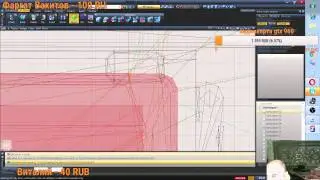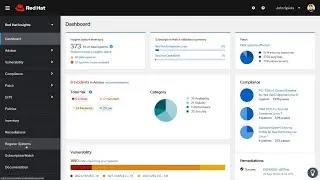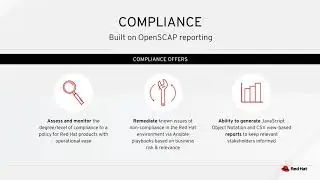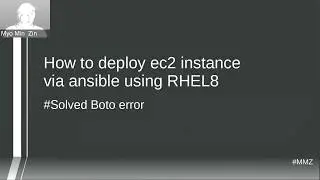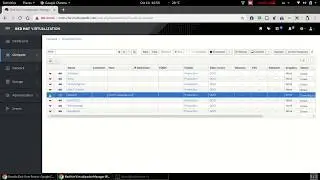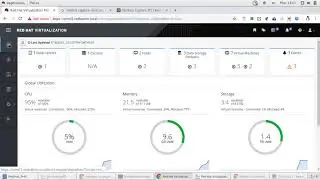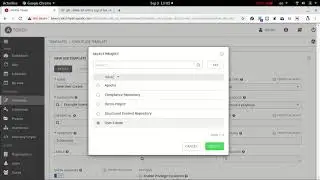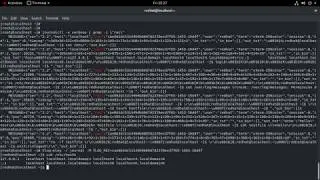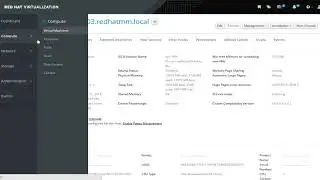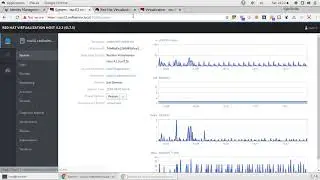Red Hat Enterprise Linux 8 - Getting Started With Virtualization in RHEL 8
GETTING STARTED WITH VIRTUALIZATION IN RHEL 8
1. Red Hat Enterprise Linux 8 must be installed and registered on your host machine.
Your system must meet the hardware requirements to work as a virtualization host.
The architecture of your host machine supports KVM virtualization.
6 GB free disk space for the host, plus another 6 GB for each intended guest
2 GB of RAM for the host, plus another 2 GB for each intended guest
2. Install the packages in the virtualization module:
yum module install virt
3. Install the virt-install package:
yum install virt-install
4. Verify that your system is prepared to be a virtualization host:
virt-host-validate
" QEMU: Checking for hardware virtualization : PASS
QEMU: Checking if device /dev/kvm exists : PASS
QEMU: Checking if device /dev/kvm is accessible : PASS
... "
5. Creating virtual machines using the RHEL 8 web console
systemctl status cockpit.socket
systemctl start cockpit.socket
systemctl enable cockpit.socket
Open web browser and access "https://your_ip:9090"
Install the cockpit-machines plug-in.
yum install cockpit-machines
Virtual Machines appears in the web console side menu.
Click Create VM in the Virtual Machines interface of the RHEL 8 web console.
Cool !

